From CRM to IG: Using Communication Platforms to Build Follower Loyalty
 Social media used to be a megaphone—loud, one-way, and mostly about pushing out content. But things have shifted. Today, platforms like Instagram are less about shouting and more about connecting. For brands, it’s no longer enough to post pretty pictures and clever captions. The real challenge is building relationships. To achieve this, many businesses are integrating Instagram with their customer relationship management (CRM) systems—not just to organize data, but to personalize interactions and boost Instagram followers by creating deeper, more relevant connections.
Social media used to be a megaphone—loud, one-way, and mostly about pushing out content. But things have shifted. Today, platforms like Instagram are less about shouting and more about connecting. For brands, it’s no longer enough to post pretty pictures and clever captions. The real challenge is building relationships. To achieve this, many businesses are integrating Instagram with their customer relationship management (CRM) systems—not just to organize data, but to personalize interactions and boost Instagram followers by creating deeper, more relevant connections.
That shift—from content marketing to personalized engagement—is changing how brands use communication platforms. Instead of treating Instagram and CRM as separate tools, leading companies are integrating them to tell a consistent story across touchpoints. The goal? Loyalty. Not just likes.
Why Connect CRM to Instagram?
A CRM stores valuable customer data, including purchase history, preferences, behavior, support tickets, and more. Instagram shows who’s engaging with your brand publicly—likes, comments, DMs, shares, story views. When you connect the two, you create a fuller picture of your audience. You can see not only what customers say to your support team, but also how they interact with your posts, who tags your brand, and what they say in comments.
That matters because it allows brands to personalize content and responses. A loyal customer who just bought your product might get a thank-you message in DMs. A follower who’s always sharing your posts could be invited to a private beta or early access sale. Instead of treating everyone the same, you start to tailor your communication at scale.
Building a Consistent Narrative
The key to loyalty isn’t just recognition—it’s consistency. Customers want to feel like they’re dealing with one brand, not a disconnected team of marketers, support agents, and social media managers.
Here’s where syncing CRM and Instagram helps. Say a customer reaches out via email about a delayed order. Then, a few hours later, they comment on your latest post. If your social team doesn’t know about the delay, they might respond in a tone that feels out of touch, or worse, ignore them entirely. But with integration, your social team sees the full context. They can respond empathetically, referencing the delay, offering help, or simply acknowledging the issue. That consistency builds trust.
This kind of connected experience is what distinguishes brands that foster loyalty from those that merely chase followers. It tells customers: we know who you are, and we care enough to keep track.
How Brands Are Doing It
Big brands have been early adopters of CRM-social integrations. But smaller brands are catching on, too, thanks to tools like HubSpot, Salesforce, Klaviyo, and even Meta’s own tools.
Here are a few ways brands are syncing CRM with Instagram:
- Segmented Campaigns: Brands use CRM data to segment their audience by interests or behavior, then tailor Instagram content or ads to each group.
- DM Automation: Tools like ManyChat or Meta’s API enable brands to create automated flows in Instagram DMs. When connected to CRM, these flows can pull in customer names, order details, or preferences, making messages feel more personal and less robotic.
- Influencer & UGC Tracking: Brands track which customers or influencers regularly tag them, then pull that data into the CRM to reward or re-engage them. Some even build “super fan” tiers with perks and early access.
- Customer Support Handoff: When a customer complains on Instagram, the CRM can flag them for follow-up by email or live chat, so the issue doesn’t get lost in a feed of comments.
Turning Followers Into Loyal Customers
Syncing CRM and Instagram isn’t about marketing tricks—it’s about building a relationship that lasts. You’re taking what you know about someone and showing that knowledge through relevant, timely, and thoughtful content.
That kind of connection is what turns casual followers into advocates. It’s what gets people to tag your brand, respond to stories, and buy again, not because of a discount, but because they feel seen and valued.
Start Simple
You don’t need a massive tech stack to start syncing communication platforms. Even a basic connection between your CRM and Instagram DMs can make a big difference. Start by:
- Mapping Your Customer Journey: Where do people interact with your brand? What happens before and after Instagram?
- Identifying Key Moments: Consider areas where consistency is most crucial, such as purchases, complaints, or user-generated content.
- Choosing the Right Tools: Look for CRM tools with native Instagram integrations, or use third-party platforms that bridge the gap.
- Training Your Teams: Make sure marketing, support, and social teams share context and communicate regularly.
Final Thoughts
Follower loyalty isn’t built in the feed. It’s built in the messages, the replies, the personalized content, and the thoughtful touches that show people you’re paying attention. By connecting your CRM with Instagram, you’re not just managing data—you’re building relationships.
And in an era where customers expect more than catchy captions, that kind of connection is what makes brands stand out.


 Data is everywhere, but data alone isn’t enough. It’s what you do with that data that matters. That’s where SAP Analytics Cloud (SAC) comes in. It’s a tool designed to help businesses transform raw data into actionable insights—and ultimately, make better decisions.
Data is everywhere, but data alone isn’t enough. It’s what you do with that data that matters. That’s where SAP Analytics Cloud (SAC) comes in. It’s a tool designed to help businesses transform raw data into actionable insights—and ultimately, make better decisions. The gaming world has grown fast, and so have the tools that shape how we play. Technology and communication platforms now play a big role, especially in tactical games. One major area this shows up in is Tarkov cheats. While some players use cheats for fun or shortcuts, others see them as a threat to fair play.
The gaming world has grown fast, and so have the tools that shape how we play. Technology and communication platforms now play a big role, especially in tactical games. One major area this shows up in is Tarkov cheats. While some players use cheats for fun or shortcuts, others see them as a threat to fair play.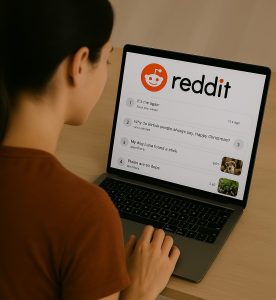 Reddit has long prided itself on being “the front page of the internet.” But behind the upvotes, downvotes, and subreddits lies a complex and often opaque moderation system. At the center of that system is a controversial practice: the shadowban. Unlike an outright ban, a shadowban is designed to be invisible to the user. You can still post, comment, and vote—but no one else sees your activity. It’s a form of quiet censorship, and on Reddit, it’s driven largely by automation and algorithms. Tools like rupvote can help users check if they’ve been shadowbanned without their knowledge.
Reddit has long prided itself on being “the front page of the internet.” But behind the upvotes, downvotes, and subreddits lies a complex and often opaque moderation system. At the center of that system is a controversial practice: the shadowban. Unlike an outright ban, a shadowban is designed to be invisible to the user. You can still post, comment, and vote—but no one else sees your activity. It’s a form of quiet censorship, and on Reddit, it’s driven largely by automation and algorithms. Tools like rupvote can help users check if they’ve been shadowbanned without their knowledge.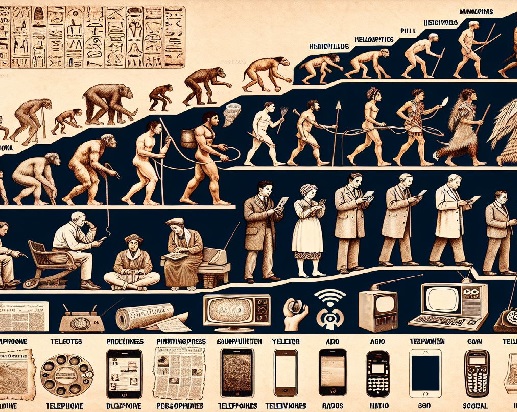

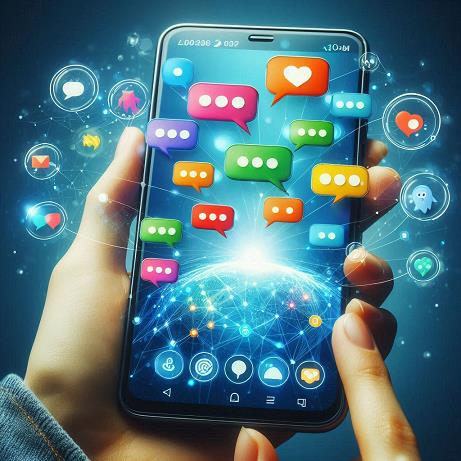
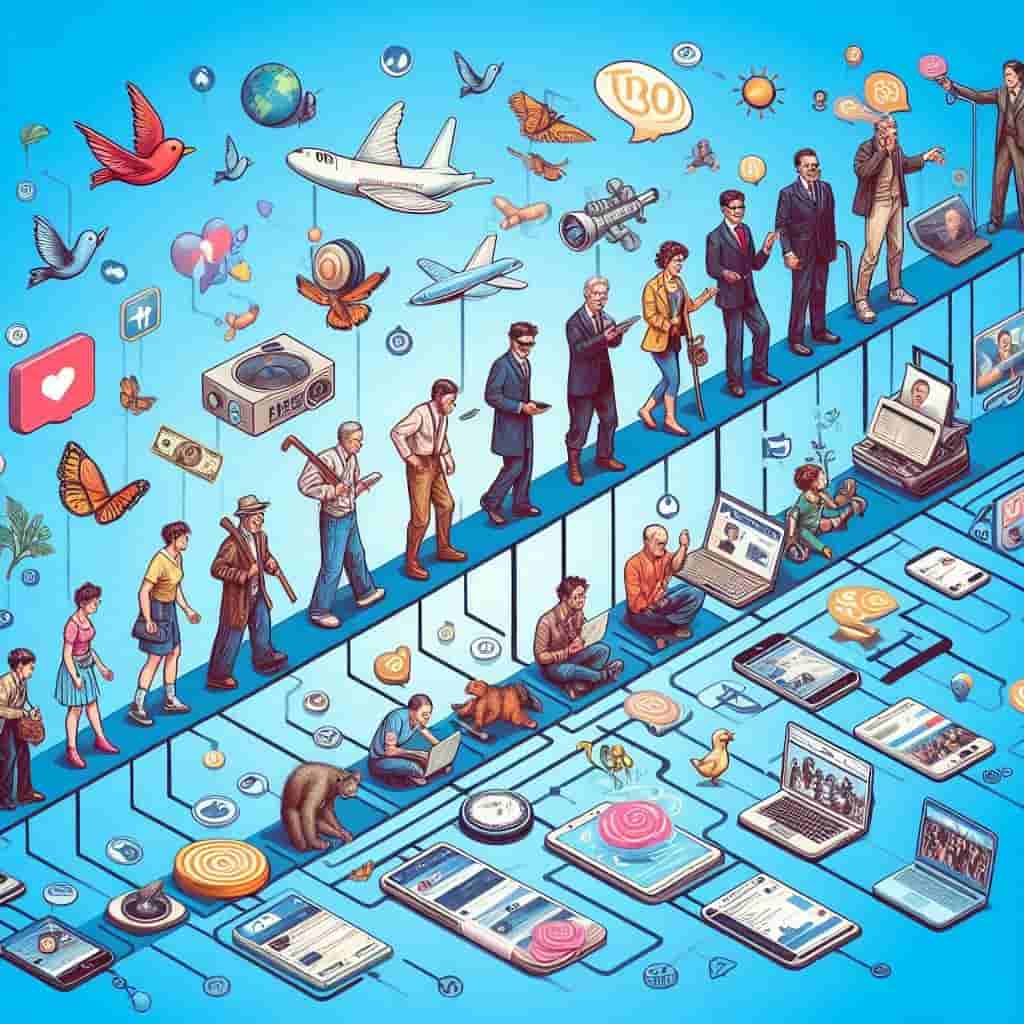


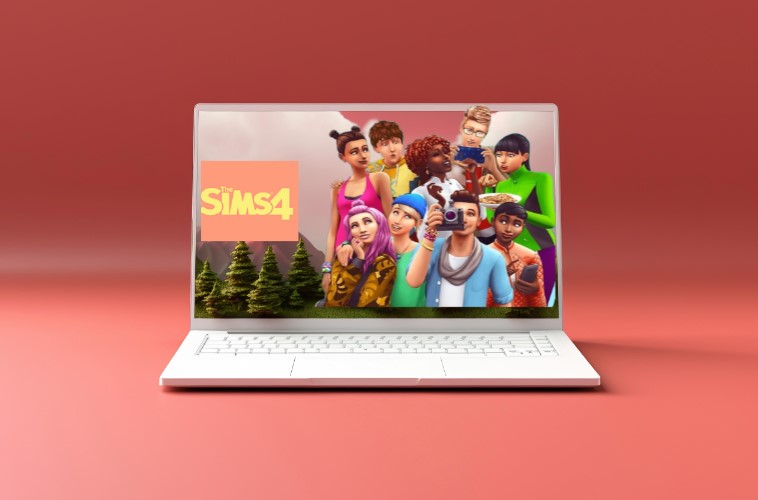


 In the rapidly evolving landscape of modern business, the confluence of technology, communication, and example of tacit knowledge has become a focal point for companies striving for efficiency and innovation.
In the rapidly evolving landscape of modern business, the confluence of technology, communication, and example of tacit knowledge has become a focal point for companies striving for efficiency and innovation.